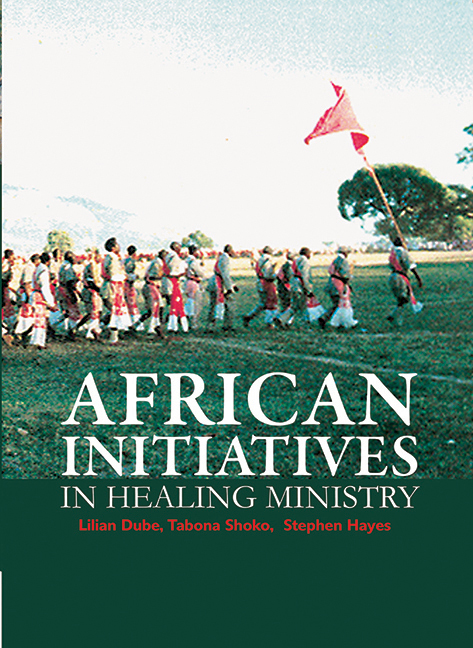The Shona people of Zimbabwe
Published online by Cambridge University Press: 28 February 2020
Summary
The first inhabitants of Zimbabwe are believed to have been the Stone Age San, a hunting and gathering nomadic people who lived in caves. They left pictorial records of wildlife pursued by human predators, which even today are clearly visible on rocks in many parts of the country. An offshoot of this people, the Khoi, created permanent dwelling places and herded cattle. Since they lived side by side, they are referred to collectively as the Khoisan. They lived in the valleys east of the main watershed of the great Zimbabwean plateau and in the Eastern Highlands until Bantu migrants from the north of Africa displaced them. Historians hold different opinions on the time of the Bantu settlement. Some scholars believe it was the end of the second century (Bourdillon 1976:7), while others say it was the first century AD (Whyte 1990:2).
The Bantu-speaking settlers brought a new language and a new way of life. They had pottery skills and were livestock keepers. The Shona people arose from the mingling of the Bantu with the Khoisan. The people classified as Shona now cover most of Zimbabwe and parts of Mozambique. They have different dialect groups such as the Zezuru found in the central Shona country, the Korekore to the north, the Karanga and Kalanga in the south of the country, and the Manyika and Ndau in the east. The Budya, who are used as an example here, live in the north eastern parts of the country.
The religious background of the Shona includes three elements: traditional cosmology, mainstream Christianity and African Initiated Churches (AICs).
Shona cosmology includes the concept of God, or Mwari; spirits such as the tribal spirits (mhondoro), ancestral and family spirits (midzimu), alien spirits (mashavi) and angry or vengeful spirits (ngozi). Religious practitioners such as the diviner (n’anga) and the concept of witchcraft, (uroyi) and its eradication are also important.
Mwari emerges as the creator, the source of nature, life and rain, having existed before creation (Murphree 1969:49). The Shona people see God/Mwari as the creator of the cosmos. Van der Merwe (1957:34) gives some of the Shona names for God; some of these names are also attributes of God as Mwari; Nyadenga (one of the sky); Wokumusoro (the one above) and Musiki (creator).
- Type
- Chapter
- Information
- African Initiatives in Healing Ministry , pp. 25 - 30Publisher: University of South AfricaPrint publication year: 2011



